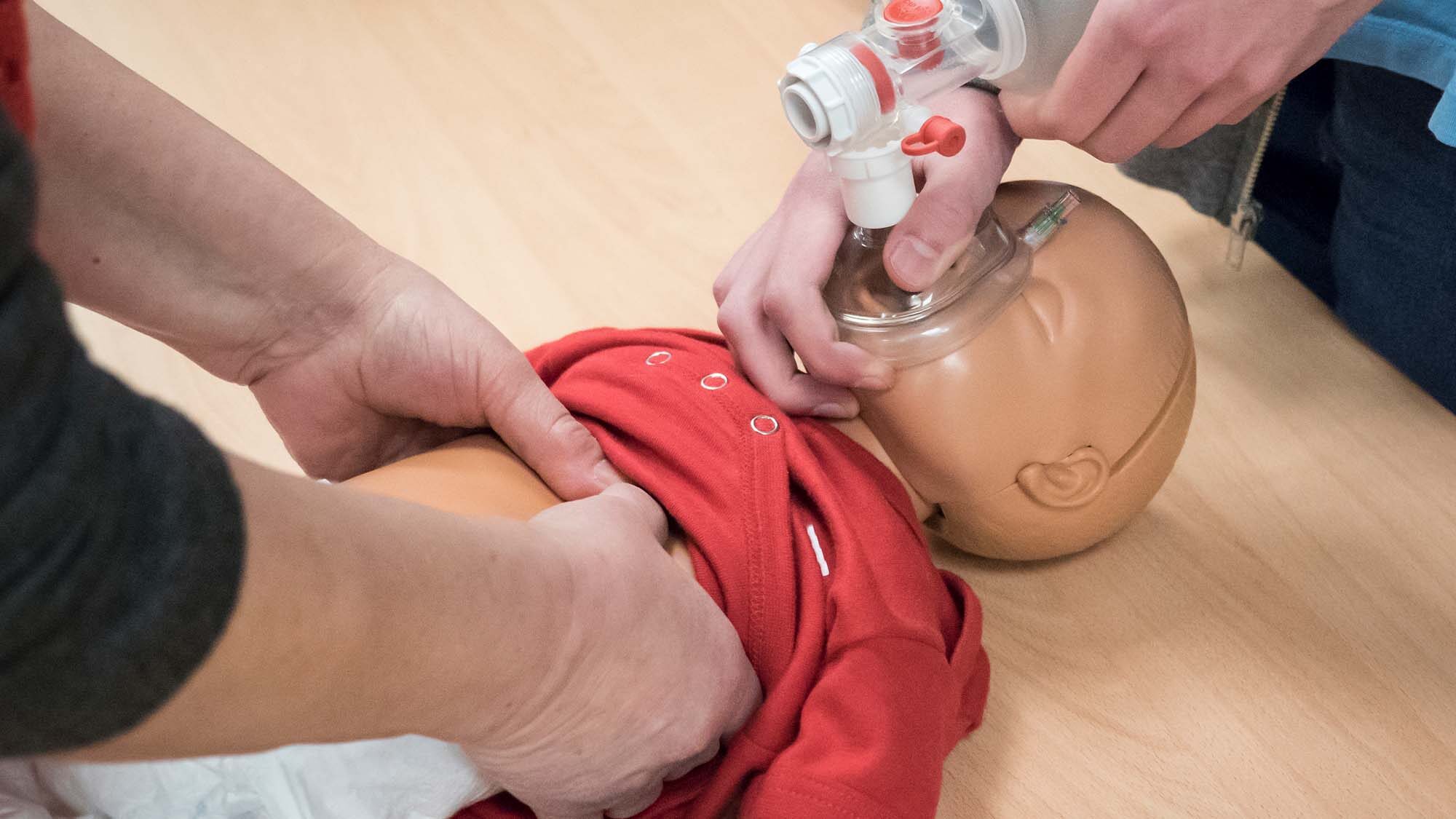Essay by: ISP040
As any scholastic RN I have seen major shifts how students have to learn. In my day we were able to use real patients. This does not mean we haven’t acquired the technology to simulate as effective learning with simulation based lab/exercise practices. If one visits the literature and our guiding principals and the actual phenomena of Nursing practice it can be capture quite, effectively, the same focus with appropriate guidance and interpretation.
Cant r.p. & cooper s.j. (2010) Simulation-based learning in nurse education: systematic review. Journal of Advanced Nursing66(1), 3–15. This study’s background: Simulation-based learning in nurse education: systematic review. Human simulation is an educational process that can replicate clinical practices in a safe environment. Although endorsed in nursing curricula, its effectiveness is largely unknown.
A systematic review of quantitative studies published between 1999 and January 2009 was undertaken using the following databases: CINAHL Plus, ERIC, Embase, Medline, SCOPUS, ProQuest and ProQuest Dissertation and Theses Database. The primary search terms were ‘simulation’ and ‘human simulation’. Reference lists from relevant papers and the websites of relevant nursing organizations were also searched. The quality of the included studies was appraised using the Critical Appraisal Skills Programme criteria.
Twelve studies were included in the review. These used experimental or quasi-experimental designs. All reported simulation as a valid teaching/learning strategy. Six of the studies showed additional gains in knowledge, critical thinking ability, satisfaction or confidence compared with a control group (range 7–11%). The validity and reliability of the studies varied due to differences in design and assessment methods.
Medium and/or high fidelity simulation using manikins is an effective teaching and learning method when best practice guidelines are adhered to. Simulation may have some advantage over other teaching methods, depending on the context, topic and method. Further exploration is needed to determine the effect of team size on learning and to develop a universal method of outcome measurement.
This study has proven to me that simulation is just as effective as potential Hospital Clinical sites. Not only that it decreases burdened health care entities and resources but offers proactive solutions to creating a pseudo but beneficial environment to practice. I hypothesize this will grow and benefit our practice in many ways.









